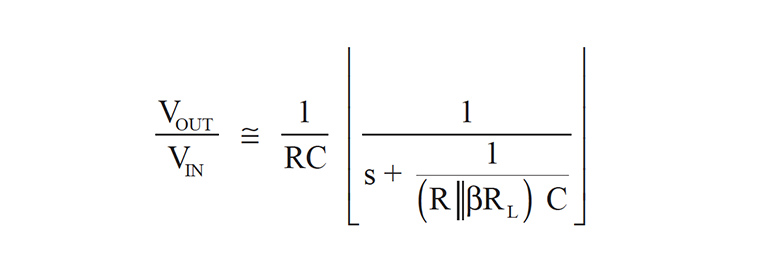Better safe than sorry.Highly unlikely to fry a cartridge as the faults common are unlikely to affect inputs.
No, and I won't. As I said, there are so many things that make phono repro imperfect that I don't really care.Have you ever REALLY tried and compared, as compared to drawing lines on a green table?
Neither would I.Of course, there are power limits - I'd be unlikely to use such a circuit for a 10kW/2Ohm PA Amp
Everything is in the signal path, except the pilot light.I am often bewildered how often old wives tales (e.g. Output Coupling caps in speaker Amp's are bad) are bandied around as fact in (Audio) Electronics, when a rigorous analysis easily falsifies them.
Output caps in power amps have consistantly been underized, designers taking into account only the theoretical -3dB LF point.
In a "standard" amp with +/- rails, the caps are un parallels AC-wise, and the whole amp is under NFB.
With a single rail and an output cap, teh designer has to tahe the output cap under NFB, which many didn't realize as a necessity.
Define "quality" and "measure well".Indeed. These are commonly Bipolar and if they are good quality rather large in size for value/voltage and measure rather well.
If I still had teh equipment and patience, I would do it.As said, I have extensively tested Nichicon ES (THT) & WP (SMD) series bipolars and they have very low distortion, even at low frequencies where they attenuate.
Unfortunately, it is outdated, not having followed some of the improvements in capacitor technology since 1983, except for a 2003 complement regarding C0G vs PP.I can only again recommend Cyril Batemans "Capacitor Sound" series in Wireless World.





































